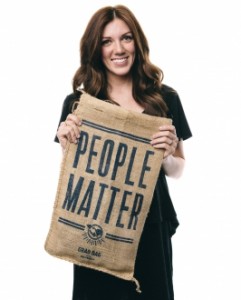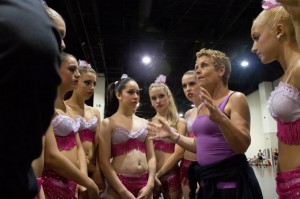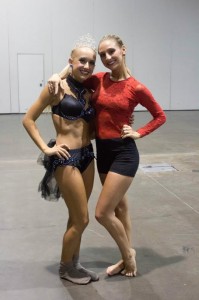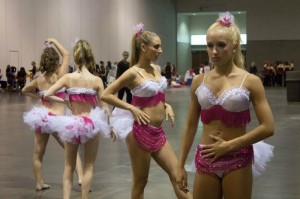Making the move to college can be an incredibly overwhelming and stressful process, but moving to college in New York City can be even tougher! Just like that, you’re tossed into a bottomless melting pot full of cultures, people, religions, you name it! In the mix up of decorating your dorm and forming new relationships, it can be difficult to understand the major transition you’re going through. Building a community is much like building up a relationship from scratch. Though it’s the key to a successful transition to college, sometimes New York itself can feel unapproachable or oversaturated.
In order to learn how to approach the city, it’s crucial to understand it first. In an effort to better understand the culture of New York, I reached out to Professor Marry Rocco. As Director of Engaged Scholarship, Community Engagement and Inclusion at Barnard College, Professor Rocco holds extensive knowledge in the fields of urban planning and community development. Not only is Professor Rocco knowledgeable about urban studies in general, but she has also completed numerous research projects and programming centered around the New York City region. Professor Rocco’s background makes her the perfect authority to better understand what keeps New York’s gears turning. Only when you comprehend how the city functions are you then able to find your place in it. Somewhere amongst the thousands of gears, wheels, and cogs, there’s a missing screw that only you can fit in.

While you might be excited about living your New York City dreams to the max as soon as possible, it’s important to first recognize the intersecting communities that you are joining upon move-in day. Prior to leaving home, you’re already a part of a distinguished set of communities. Whether they are based on your racial identity, shared interests, or common beliefs, some communities will be easier to adjust to from previous experiences. On top of those, however, are a bundle of new communities that you are entering. It’s important to consider that you are automatically entering the New York City community as well as your university community. With so many different spaces to belong to, Professor Rocco suggested starting with your homebase. Before going out and exploring the fashion scene in SoHo or checking out the artists down in Bushwick, consider getting to know your own campus first. Make the most of your orientation week and walk around the neighborhood that your campus resides in. It’s important to use this time to acclimate yourself as a college student first and a city resident second.

Taken on 35mm film.
According to Professor Rocco, engaging with a community is like engaging with any other relationship. Like relationships with people, you must dedicate time and understanding to advance them. You don’t marry someone after the first date, you take the time to assess their personality and your compatibility. The same logic can be applied to entering a new community! Beyond whether or not you share any common characteristics that would enhance your addition to the given community, your approach and intention are major factors that play a role in how well received your transition may be. In our conversation, Professor Rocco called attention to the privilege of being able to toss around phrases like “I want to get involved in the Harlem community.” She stressed the importance of entering communities with a curious and open mind as opposed to intervening with a goal/idea in mind. Deliberation and consideration on all aspects of this new relationship are essential in developing into a valuable and appreciated community member.
Internalizing and implementing all of these ideas can help determine whether or not your experience will be pleasant, additive, or accepted. New York City is densely populated and intricately regionalized, but by approaching communities like other relationships, you can find your community wherever you may end up.
By Thomas Stewart
Thomas currently attends Columbia University and plans to double major in creative writing and human rights. At Columbia Thomas is a staff writer for the City News section of the Columbia Daily Spectator, where he publishes articles that concern the West Harlem community. In his free time, you can find him practicing music or trying new vegetarian recipes

For over 20 years, the Campus Clipper has been offering awesome student discounts in NYC, from the East Side to Greenwich Village. Along with inspiration, the company offers students a special coupon booklet and the Official Student Guide, which encourages them to discover new places in the city and save money on food, clothing, and services.
At the Campus Clipper, not only do we help our interns learn new skills, make money, and create wonderful e-books, we give them a platform to teach others. Check our website for more student savings and watch our YouTube video showing off some of New York City’s finest students during the Welcome Week of 2015.









.jpg)





